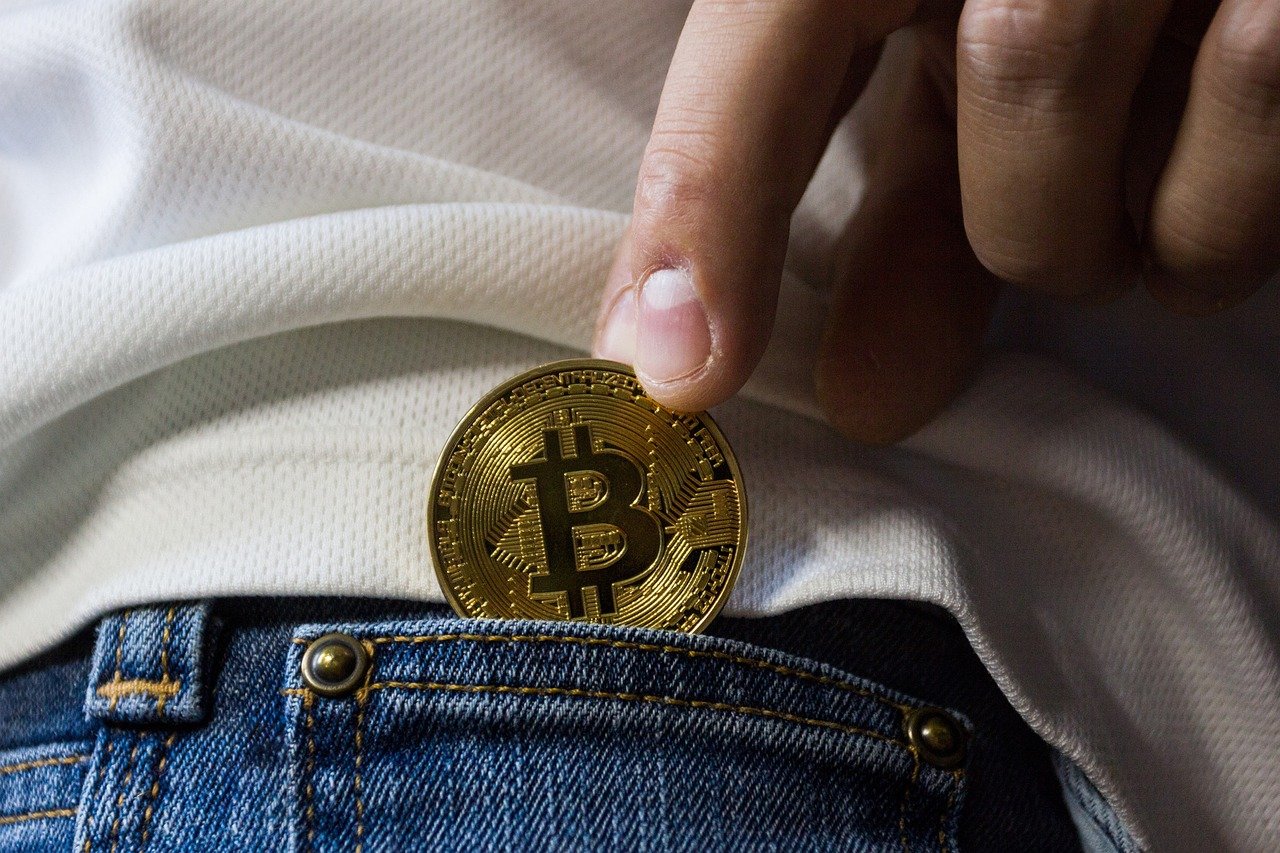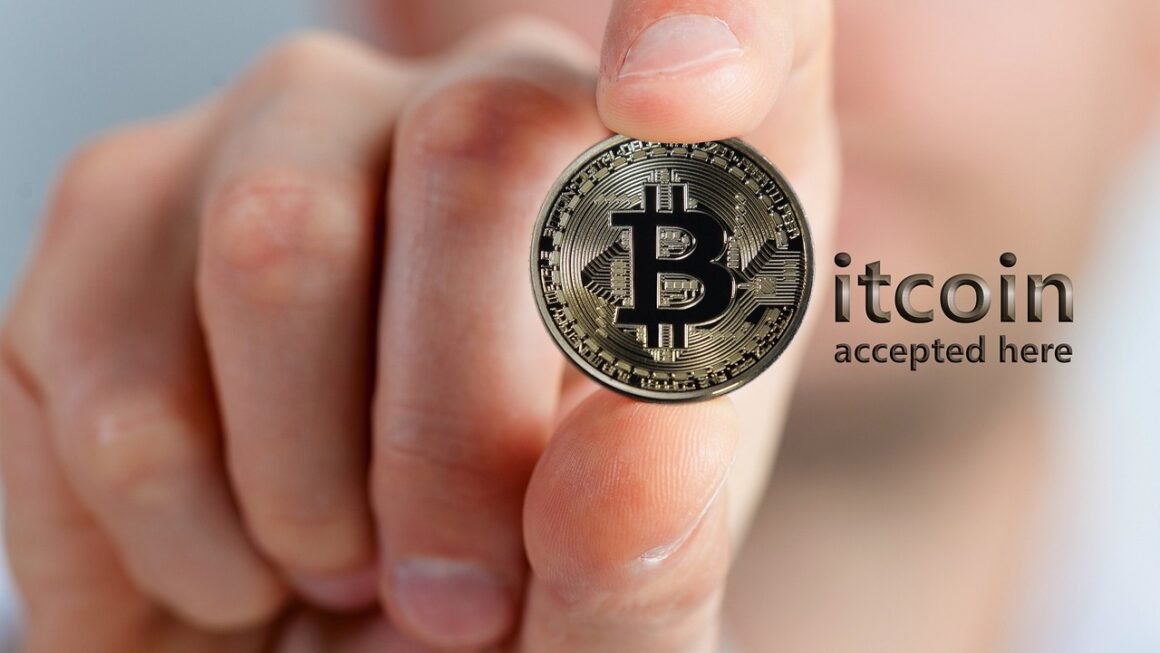Altcoins, the vibrant and diverse world of cryptocurrencies beyond Bitcoin, represent a fascinating landscape of innovation and investment opportunity. From meme coins to complex decentralized finance (DeFi) platforms, the altcoin market offers a plethora of options, each with its own unique value proposition, risk profile, and potential for growth. Understanding this ecosystem is crucial for anyone looking to navigate the crypto space effectively.
What are Altcoins?
Defining Altcoins
Altcoins, short for “alternative cryptocurrencies,” are any cryptocurrencies other than Bitcoin. They emerged following Bitcoin’s success, aiming to improve upon its limitations or introduce entirely new functionalities and use cases.
- Core Characteristic: Any cryptocurrency that is not Bitcoin.
- Primary Motivation: To offer improvements over Bitcoin, such as faster transaction speeds, lower fees, or enhanced privacy.
- Diverse Range: Includes stablecoins, meme coins, DeFi tokens, utility tokens, and security tokens.
Why Altcoins Matter
Altcoins contribute significantly to the overall cryptocurrency market by:
- Driving Innovation: They foster innovation by exploring new technologies and concepts, such as smart contracts, decentralized finance (DeFi), and non-fungible tokens (NFTs).
- Providing Investment Opportunities: Altcoins offer investors a wider range of opportunities to diversify their portfolios and potentially achieve higher returns. However, this also comes with increased risk.
- Expanding Use Cases: They broaden the applicability of cryptocurrencies beyond just a store of value or medium of exchange. Altcoins power various applications, from supply chain management to social media platforms.
- Example: Ethereum (ETH) is one of the most well-known altcoins. It introduced smart contracts, allowing developers to build decentralized applications (dApps) on its blockchain. This innovation has led to the explosion of the DeFi ecosystem.
Types of Altcoins
The altcoin landscape is incredibly diverse, with different types catering to specific needs and purposes.
Mining-Based Altcoins
These altcoins, like Bitcoin, use a Proof-of-Work (PoW) consensus mechanism, requiring miners to solve complex cryptographic puzzles to validate transactions and add new blocks to the blockchain.
- How they work: Miners compete to solve computational problems, and the first to solve it gets to add the next block to the blockchain and receive a reward.
- Example: Litecoin (LTC) is a prominent example of a mining-based altcoin. It was designed to be a “digital silver” to Bitcoin’s “digital gold,” featuring faster block times and a different hashing algorithm.
- Key Feature: High level of security due to the computational power required to attack the network.
Stablecoins
Stablecoins are cryptocurrencies designed to maintain a stable value, typically pegged to a fiat currency like the US dollar or another asset like gold.
- Purpose: To provide stability in the volatile crypto market, facilitating transactions and serving as a reliable store of value.
- Examples: Tether (USDT), USD Coin (USDC), and Dai (DAI) are popular stablecoins.
- Mechanism: They achieve stability through various mechanisms, including fiat collateralization, crypto collateralization, or algorithmic stabilization.
Security Tokens
Security tokens represent ownership in an underlying asset, such as stocks, bonds, or real estate.
- Regulation: They are subject to securities regulations and offer investors certain rights and protections.
- Benefits: Fractional ownership, increased liquidity, and automated compliance are potential benefits.
- Example: A company could issue security tokens representing shares of its stock, allowing investors to trade these tokens on a blockchain-based exchange.
Utility Tokens
Utility tokens provide access to a specific product or service within a blockchain-based ecosystem.
- Functionality: They do not represent ownership or equity but rather grant users certain privileges or benefits.
- Examples: Binance Coin (BNB) gives users discounts on trading fees on the Binance exchange. Basic Attention Token (BAT) rewards users for viewing ads in the Brave browser.
- Use cases: Can be used to incentivize participation, reward users, or grant access to exclusive features.
Meme Coins
Meme coins are cryptocurrencies that gained popularity through viral memes and social media trends.
- Characteristics: Often community-driven and highly volatile, with prices influenced by social sentiment rather than fundamental value.
- Examples: Dogecoin (DOGE) and Shiba Inu (SHIB) are well-known meme coins that have experienced significant price fluctuations.
- Risk: Investing in meme coins is highly speculative and carries significant risk due to their unpredictable nature.
Investing in Altcoins: Risks and Rewards
Investing in altcoins can be both rewarding and risky. It’s important to understand the potential benefits and drawbacks before diving in.
Potential Rewards
- High Growth Potential: Some altcoins have the potential to generate significant returns if their underlying technology or use case gains traction.
- Portfolio Diversification: Adding altcoins to your portfolio can help diversify your holdings and reduce overall risk.
- Early Adoption: Investing in promising altcoins early on can position you to benefit from future growth and adoption.
Inherent Risks
- Volatility: Altcoin prices can be highly volatile, leading to significant losses if you’re not careful.
- Liquidity: Some altcoins have low trading volumes, making it difficult to buy or sell them quickly without affecting the price.
- Scams and Fraud: The altcoin market is susceptible to scams and fraudulent projects, so it’s crucial to do your research before investing.
- Regulatory Uncertainty: The regulatory landscape for cryptocurrencies is still evolving, which could impact the value and legality of certain altcoins.
- Practical Tip: Before investing in any altcoin, thoroughly research the project, the team behind it, its use case, and its market capitalization. Look for projects with a strong community, a clear roadmap, and a solid technical foundation.
Researching and Evaluating Altcoins
Thorough research is paramount when considering altcoin investments. Don’t rely on hype; conduct due diligence.
Key Metrics to Consider
- Market Capitalization: Indicates the total value of the cryptocurrency. Larger market caps tend to be more stable.
- Trading Volume: Reflects the liquidity and interest in the cryptocurrency. Higher trading volumes indicate greater liquidity.
- Circulating Supply: Represents the number of coins or tokens in circulation.
- Total Supply: The total number of coins or tokens that will ever exist.
- Whitepaper: A technical document outlining the project’s goals, technology, and roadmap.
- Team and Advisors: Research the team’s background and experience.
- Community Support: A strong and active community can indicate a healthy project.
Where to Find Information
- CoinMarketCap & CoinGecko: These websites provide comprehensive information on cryptocurrencies, including price charts, market capitalization, trading volume, and links to project websites.
- Project Websites: Visit the official website of the altcoin to learn about its technology, team, and roadmap.
- Whitepapers: Read the project’s whitepaper to understand its goals and technical details.
- Online Forums and Communities: Engage with the cryptocurrency community on platforms like Reddit, Telegram, and Discord to gather insights and opinions.
- Crypto News Websites: Stay up-to-date on the latest cryptocurrency news and developments through reputable news websites and blogs.
- Actionable Takeaway: Use multiple sources of information and cross-reference data to get a complete picture of an altcoin before investing.
Storing and Securing Altcoins
Proper storage and security are essential to protect your altcoin investments from theft or loss.
Types of Wallets
- Hardware Wallets: Physical devices that store your private keys offline, providing the highest level of security. Examples include Ledger and Trezor.
- Software Wallets: Applications installed on your computer or smartphone that store your private keys. Examples include Exodus and Electrum.
- Exchange Wallets: Wallets provided by cryptocurrency exchanges. Convenient for trading but less secure than hardware or software wallets.
- Paper Wallets: Printed documents containing your private keys. Secure for long-term storage but not ideal for frequent transactions.
Security Best Practices
- Enable Two-Factor Authentication (2FA): Adds an extra layer of security to your accounts by requiring a second verification code.
- Use Strong Passwords: Create unique and complex passwords for each of your accounts.
- Keep Your Private Keys Safe: Never share your private keys with anyone. Store them in a secure location offline.
- Beware of Phishing Scams: Be cautious of suspicious emails or websites that ask for your personal information or private keys.
- Regularly Update Your Software: Keep your wallet software and operating system up to date to patch security vulnerabilities.
- Practical Example: Invest in a hardware wallet like Ledger or Trezor if you plan on holding a significant amount of altcoins. This will provide the highest level of security for your holdings.
Conclusion
The world of altcoins is a dynamic and constantly evolving space offering both exciting opportunities and considerable risks. Understanding the different types of altcoins, their use cases, and the factors that influence their value is crucial for making informed investment decisions. By conducting thorough research, employing sound risk management strategies, and prioritizing security, you can navigate the altcoin market effectively and potentially reap the rewards of this innovative asset class. Remember to stay informed, remain cautious, and only invest what you can afford to lose.



